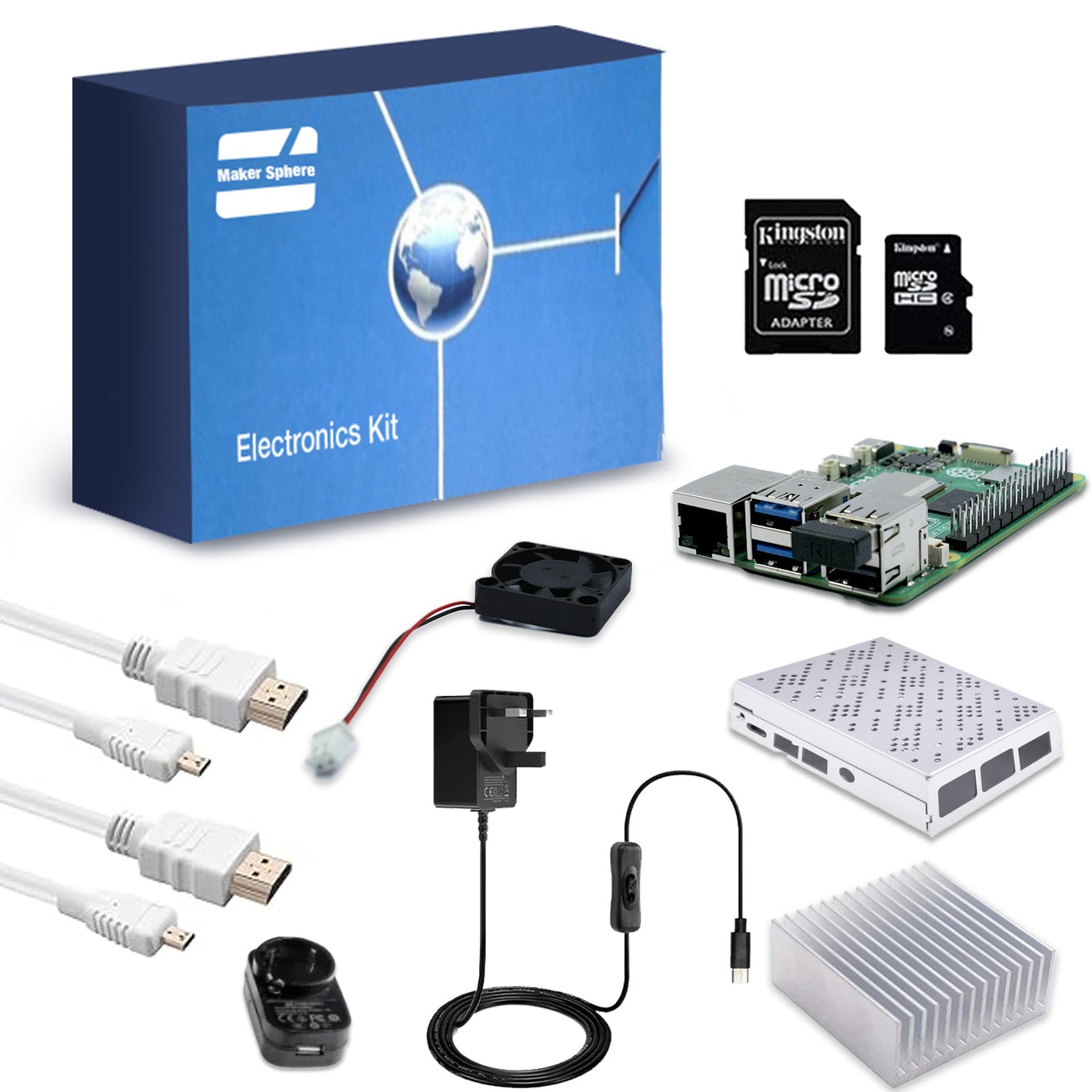Description
DEBIX SOM A is the first System-on-Module from DEBIX. Taking the reliable NXP i.MX 8M Plus CPU that is featured in the DEBIX Model A Single Board Computer and combining it with a 2.3 TOPS NPU, this board offers the powerful system performance you’re guaranteed with DEBIX boards with an awesome neural processing unit making it a SOM that truly meets the needs of industry 4.0, IoT solutions, smart applications and more. That’s not all! The SOM benefits from some incredible features including design reutilization, reduction of development time of the carrier boards, and flexible integration into various embedded systems.
Details
Key features of the DEBIX SOM A Core Board
- Powerful industrial-grade core board – with its robust NXP i.MX 8M Plus, Quad Cortex-A53, CPU, and integrated neural processing unit (NPU) that delivers up to 2.3 TOPS this board is built to meet the needs of industry 4.0, IoT solutions, smart applications, and even multimedia applications.
- Compatible with a range of OS – DEBIX SOM A is compatible with a range of OS, including Android 11, Yocto-L5.10.72_2.2.0, Ubuntu 20.04, and Windows 10 IoT Enterprise making it extremely flexible and easy to use no matter your OS of choice.
- Real-time control with Cortex-M7 – Robust control networks supported by CAN FD and dual Gigabit Ethernets, one of which supports Time Sensitive Networking (TSN).
- Dual Image Signal Processors (ISP) – The Dual ISP and dual camera inputs ensure the board benefits from an efficient advanced vision system.
- Advanced multimedia capabilities – DEBIX SOM A is not only perfect for industrial applications, but multimedia applications, too as it features 1080p60 video encode and decode (including H.265, H.264), 3D/2D graphic acceleration, and multiple audio interfaces
Technical Specifications
| CPU | NXP i.MX 8M Plus (default), 4 x Cortex-A53, comes with an integrated neural processing unit (NPU) that delivers up to 2.3 TOPS. Industrial-grade CPU runs at 1.6GHz, and commercial-grade CPU runs at up to 1.8GHz. (i.MX 8M Plus series CPU optional) |
| Memory | 2GB LPDDR4 |
| Flash | Onboard 16GB eMMC |
| OS | Ubuntu20.04, Android11, Yocto-L5.10.72_2.2.0, Windows 10 IoT Enterprise |
| Ethernet | 2 x Gigabit Ethernet controller, one of them supports Time Sensitive Networking (TSN) |
| Display | 1x HDMI 2.0a, support 3840 x 2160@30Hz, 1920 x 1080@120Hz, 1920 x 1080@ 60Hz
1 x LVDS, support 4Lane and 8Lane 1 x MIPI DSI, support 2560 x 1080@60Hz |
| Camera | 2 x MIPI CSI |
| Audio | Up to 6 x SAI (synchronous audio interface), HiFi4 DSP, 1 x SPDIF IN, 1 x SPDIF OUT (Note: 1 x SAI with 8 TX and 8 RX lanes, 1 x SAI with 4 TX and 4 RX lanes, 2 x SAI with 2 TX and 2 RX lanes, 2 x SAI with 1 TX and 1RX lane, all SAIs support I2S and AC97) |
| USB | 2 x USB 3.0, configurable as device or host |
| UART | Up to 4 x UART |
| I2C | Up to 6 x I2C, I2C2~I2C6 are exposed to the connectors (2 of the five I2Cs are multiplexed as SD1). I2C1 is not allowed to be configured. |
| SDIO | 2 x SDIO |
| SPI | Up to 3 x ECSPI |
| PCle | 1 x PCIe Gen3 |
| CAN | 2 x CAN |
| GPIO | 13 x GPIO for default, other functional pins can be configured as GPIO through Software |
| Input Voltage | 3.5V~5V |
| Temp. Range | -20°C~70°C default, -40°C~85°C optional |
| Connector | 4 x Double-sided board-to-board connector (model number BB51024A-R80-10 System I/O Interfaces Power Supply Operating Temperature Mechanical -32), 2 x 40pin/0.5mm pitch, matching sockets of various heights |
| Dimensions | 60mm(L) x 40mm(W) x 5.6mm(H) |













